“Target US$50 Billion: We Need Your Support to Reach It”
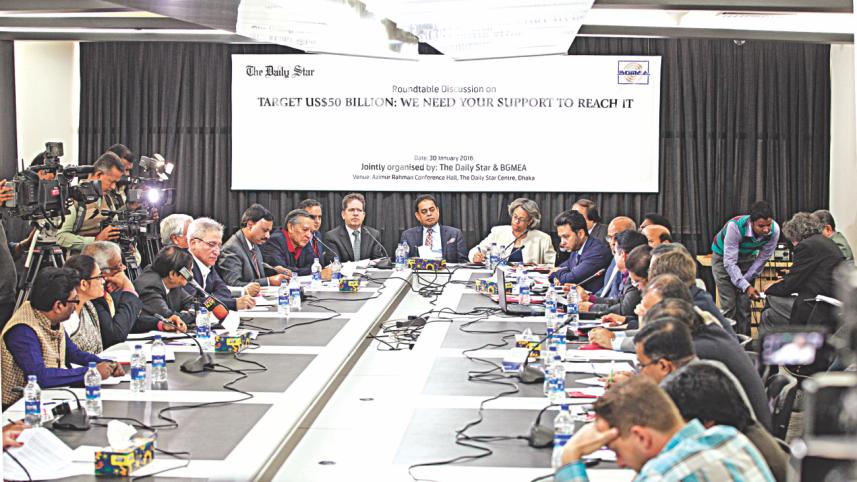
Mahfuz Anam, Editor & Publisher, The Daily Star
The RMG sector is a vital growth engine for Bangladesh. They are poised to flourish in a vigorous manner. However, there are impediments that need to be removed for speeding up the growth.
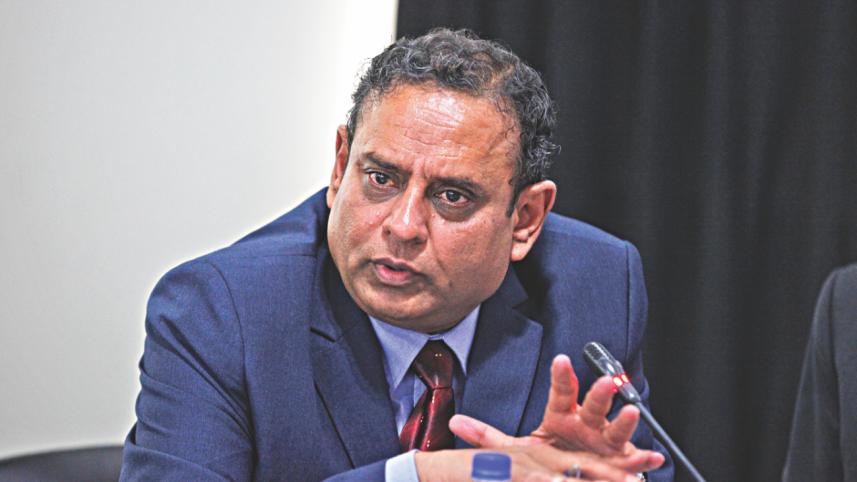
Dr Sharif As-Saber, Professor RMIT University, Australia, and Keynote Speaker of the Roundtable
Over the last four years, RMG sector is not performing very well. We need at least 11% growth to reach our target. I want to focus on some priority areas to achieve this growth rate.
We need better roads and infrastructure. Timely completion of Dhaka-Chittagong four-lane highway is critical in this regard. Another important infrastructural issue is remediation of factories. Bangladeshi factories are spending more than a billion dollar in this effort. Soon our factories will be fully compliant.
Apparel diplomacy is another important area. We need to formulate a strategy and define roles of each stakeholder. We can use tourism in this regard. In India, all the stakeholders are promoting the idea of 'Incredible India'. We should brand our country in similar fashion.
Buyers should pay fair price for products. Here governments of retailing countries can play an important role. I would urge our honourable ambassadors present in today's discussion to make your retailers compliant with the ethical standard of pricing. They should share the burden of the remediation cost incurred by the Bangladeshi factories. If you pay us better we will do better.
There should be a global RMG platform like International Jute Organisation where RMG issue could be considered in a holistic manner. I have been talking about it since the Rana Plaza incident. RMG is a global industry. That's why it needs global attention.
There should be a separate RMG ministry. Or it can be a separate division under the commerce ministry. There should be proper linkage across labour ministry, foreign ministry and commerce ministry. Australia has amalgamated trade and foreign affairs ministry into one Trade and Foreign Affairs Ministry. Our diplomacy should be directed towards trade facilitation.
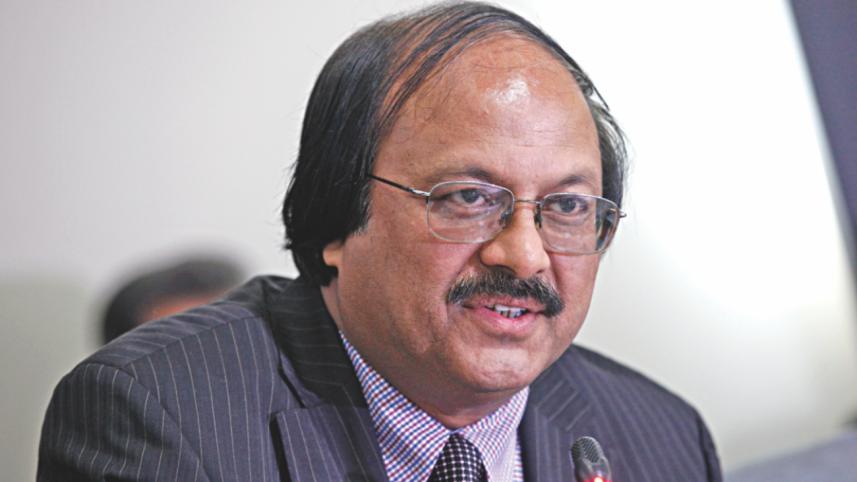
Md. Nojibur Rahman, Chairman, NBR
NBR and BGMEA have been working as partners. We have deep partnership. The government has been giving various tax benefits to this industry. We will continue this support. We will try to give more incentives to this sector in the upcoming budget session.

Mikail Shipar, Secretary, Labour and Employment Ministry
We need proper implementation of the labour laws to reach the target. Safety committees in the factories should be run actively.
BGMEA should give us a clear estimate of how many skilled manpower they need to fulfill their target. It will help us plan our training programmes.
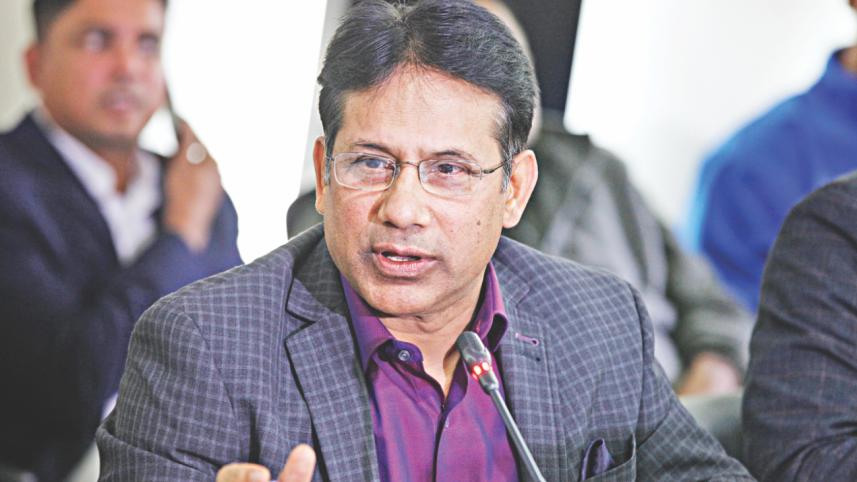
Abdus Salam Murshedy, Former President, BGMEA
We know that 37 factories have been closed due to safety reasons. Now our buyers are discouraging to continue operation in shared buildings. They are reluctant to place order with factories located in such industries. Those factories will be closed gradually.
Small, medium and women-led factories are facing tough challenges. They have experience but not capability to relocate. The government can facilitate their shift through refinancing and giving utility connection in the new factories on priority basis. Large factories need energy support. I hope that if they get proper support we will see another 200 green factories by 2018. We also need to improve our relations with our workers. It will speed up our growth.
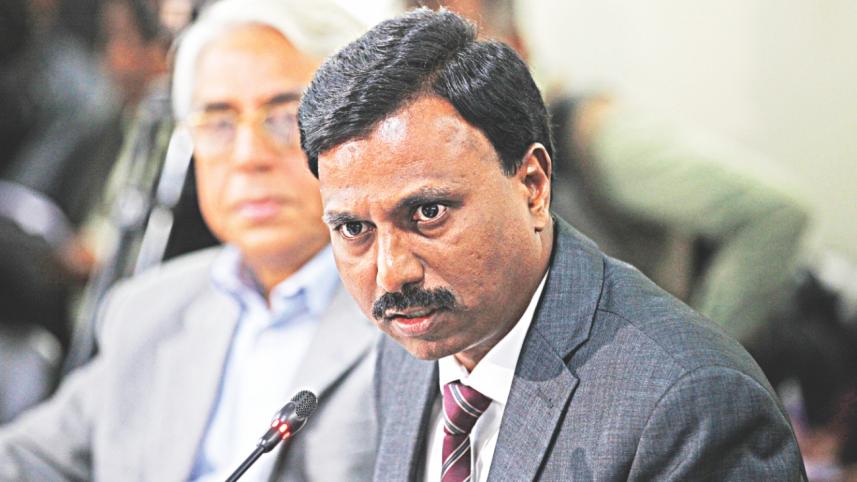
Srinivas B. Reddy, Country Director, ILO
We see three major things that are fundamental for this sector to be sustainable and be able to continue to grow. Number one is respect for labour rights. Second one is fixing the safety issues and completing remediation process at the earliest possible time. Third one is investing in people. Ensuring labour rights is part of the growth trajectory to make it inclusive. How can we make the workers partners in progress? We need to create a culture of cooperation where there will be no mistrust between employers and workers and full respect for labour rights such as freedom of association and bargaining. Can we have sectoral dialogue in the RMG sector between workers and employers on a regular basis? BGMEA should take the initiative to hold such dialogues. It needs to be institutionalized and government should play an active mediation role. The workers issue should not be looked upon from a crisis management perspective. Rather it should be a continuous process. It has been proven all over the world that promotion of fundamental rights at workplace brings inclusivity and progress to the industry.
We need to remember that inspection of factories is only part one. Many large factories have invested to fix the safety issue of their factories. Still, if a small factory remains non-compliant and any accident happens there it would have huge residual risk for the entire sector. So in this US$50 billion journey there should be a sense of urgency about safety. Regulators' capacity to offer professional services is another important aspect of the safety issue. Their readiness to offer solutions that are respected by the buyers is very important.
Investing in workers' skill and productivity is very important. Promotion of gender equality is a part of this process. We want to see that women move the value chain with their own capacity. On the buying side, we see Bangladeshi youths are involved in the chain. We need to develop their managerial skills. That's why Bangladesh should invest more in the youth population.
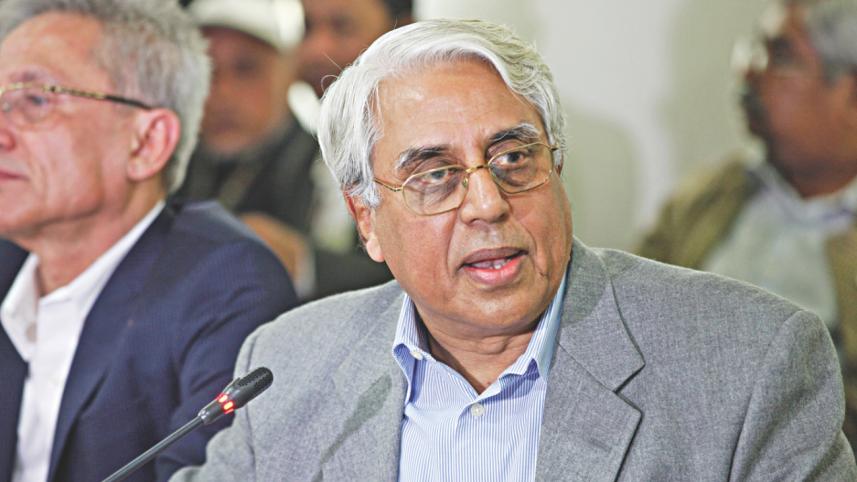
Anisur Rahman Sinha, Former President, BGMEA
The retail price of garment products has gone down 30% between 2000 and 2015. Customers are getting this benefit from sourcing. Production cost has increased but the retail price has decreased. To cope with this reality is the biggest challenge of our industry. We need to think about market access. Our competitors are getting special treatment in the USA and the EU. We need to gear up our efforts to avail those opportunities for our industries.
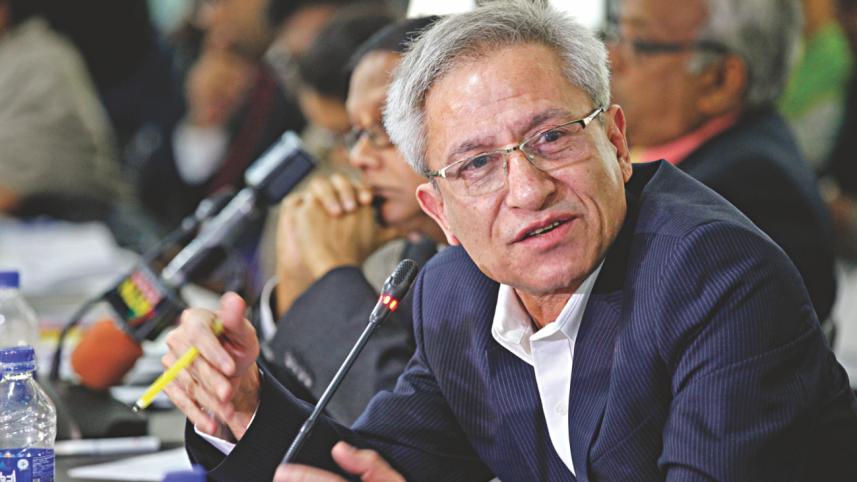
Zahid Hussain, Lead Economist, World Bank
McKinsey report 2015 shows that Bangladesh has retained the top position as a sourcing destination for RMG products. They have mentioned Vietnam, India and four African countries as alternative source countries. Our main threats are Vietnam and India. They are far ahead of Bangladesh in terms of global competitiveness index or corruption perception index. If we fail to transform ourselves quickly it will be a risk for the country. We have to solve the crisis of land and energy. If we cannot implement the SEZ projects we would not be able to solve the land crisis. I agree with the BGMEA President that we need to study which sector should get priority for gas supply. Whether we should prioritize fertilizer production or supply gas to industries that creates more value. Our gas pricing system should be transparent.
Inside the local RMG industry there is a tendency of cut throat competition to drive out competitors by lowering price. They should stop it. There should be coordination among the local businessmen for fixing price of RMG products.
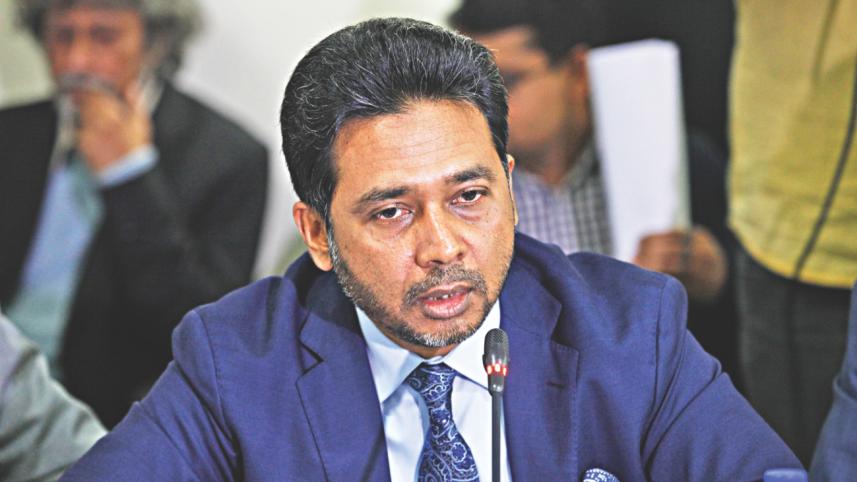
Mohammed Nasir, Vice President (Finance), BGMEA
McKinsey report talks about 5Ps: skilled and efficient people, safe place, uninterrupted power supply, smooth operation of port and stable politics. If we can maintain these 5Ps we would be able to achieve our target quite easily. We also need support from all the stakeholders.
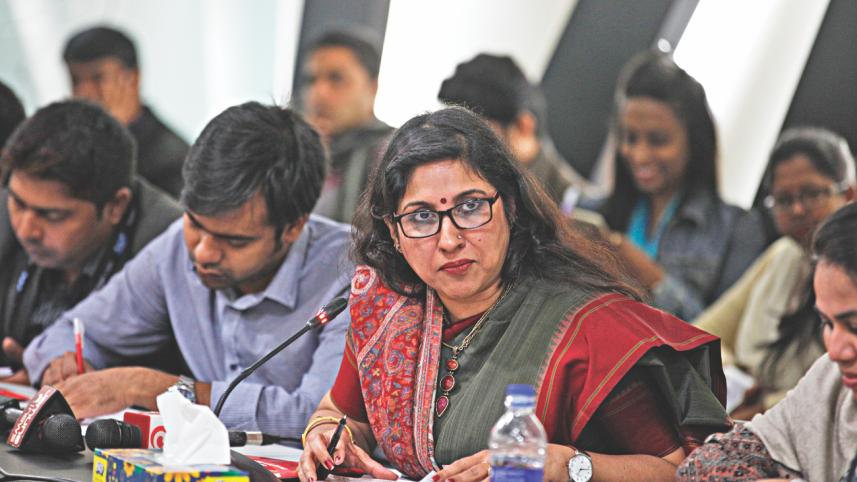
Professor Sadeka Halim, Dhaka University
We need to formulate a strong public policy for the RMG sector.
If we talk only about the economic side we cannot achieve the expected growth. We also have to look at the social side of the RMG industry.
BGMEA needs to have a strong research team who will find out various bottlenecks of RMG sector. At the same time, it will counter the propagandas that tarnish the image of the industry.
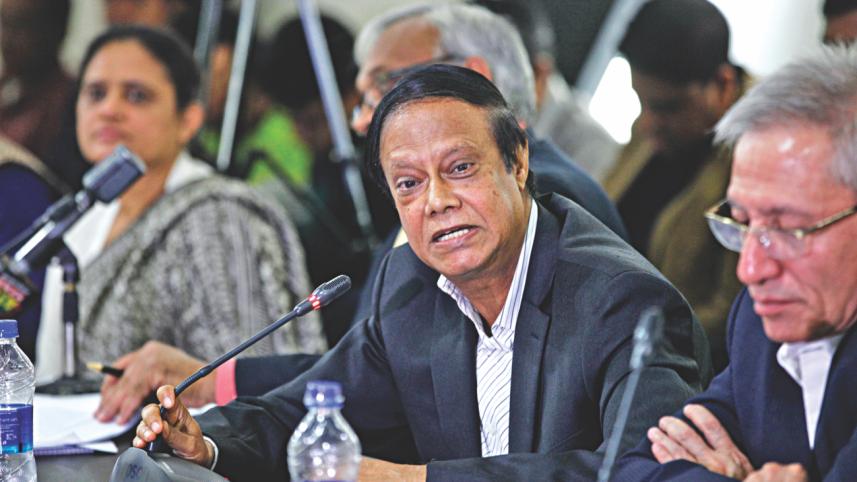
Dr. Ahsan Mansur, Executive Director, PRI
We need to invest more than what we have already invested in the last four decades to double our RMG export. Now we need capital intensive investment. Our average implemental capital output ratio is 4.5. So we need to invest about US $ 100- 150 billion in this sector. I want to ask BGMEA whether we can arrange this investment without FDI. I do not think it is possible for our local investors only.
Our Dhaka-Chittagong four lane has already become overcrowded. We need to think about making it six or eight lanes highway.
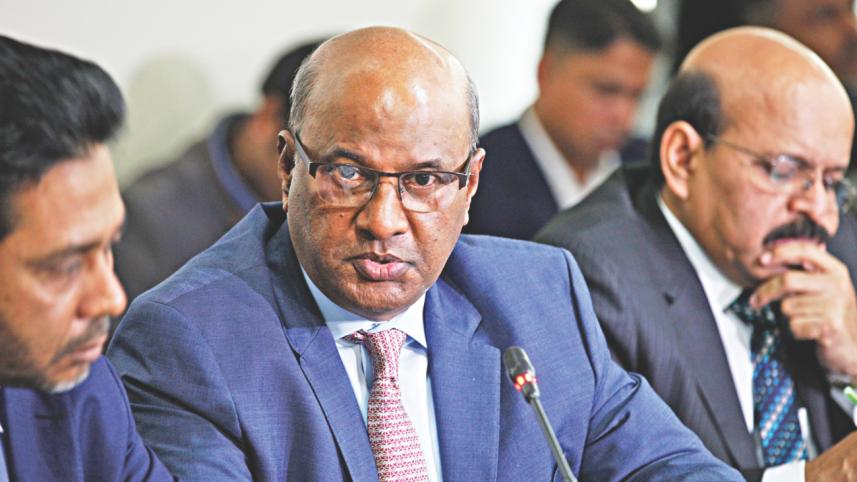
A. Matin Chowdhury, Former President, BTMA
We need a robust supply chain. In our supply chain the main products are yarn and fabric. We require 990 thousand metric ton of extra yarn in order to meet our targeted growth demand based on the same quality of yarn now we are supplying. That means we need fifty thousand more spindles in spinning mills and 800 MW of power. It appears to be really difficult to achieve within five years. We need to secure our raw materials from outside. Chinese industries are opening their factories in the USA because America provides the best cotton and the best power and land facilities. We may need to think about investing in a third country where we can get the raw materials more easily. Our current policy does not allow us to invest outside. If we invest in the USA to establish spinning mills we can secure our raw materials supply. The USA also offers duty free facility if you use their raw materials. This is what they are providing to all the Latin American countries. We should seriously think about this option.
We need huge improvement in production capacity and skills. We need to focus on quality, not just quantity. We need to fully utilize our existing training institutions to impart training to our workers. We also need to create new training facilities to meet our increased demand of skilled manpower.
We need to improve our bargaining skills. BGMEA should team up with universities to introduce courses on negotiation skills which is critical for ensuring fair price of products.
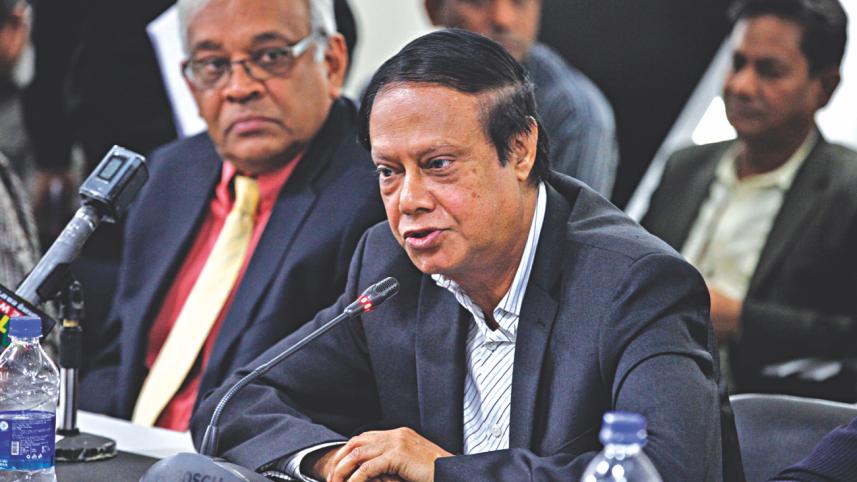
Mohandas Seneviratne, Program Manager, PaCT, IFC
Through the PaCT programme we are establishing common effluent treatment plant. It will save your cost and increase your capacity. The RMG industry should invest more in checking pollution and wastage. This is not a cost. It is an investment.

Nazma Akhter, President, Sammilita Garment Sramik Federation
Achieving US$50 billion by 2021 is also our dream as workers. To realise this dream, workers are an important partner. Workers are the main infrastructure of this industry. Their living conditions need to be improved. They need standard living wage, housing and medical facilities. Our competitors pay better wage to their workers. For example Cambodia pays US$ 120, Myanmar pays US$ 90 but we pay US$70. When we talk to garment owners they refuse to accept this wage as cheap labour. Rather they think it is competitive. If it is true then why do our workers get less than the workers from competitor countries?
We need to ensure garment workers' freedom of association and bargaining. Building relations with workers and social dialogue are two important ways to involve the workers in the journey towards US$50 billion. The owners need to respect workers as a partner.
Another important issue is that the garment factories are reluctant to employ workers aged above 40. How can the garment industry be a sustainable business where a worker has to retire at this early age? We need to improve the working environment of the factories in such a way so that a worker can continue working for a longer period. We need to establish low cost hospitals and other health facilities near the factories.
We need to promote women entrepreneurs as well as women managers and women leadership in the garment industry.
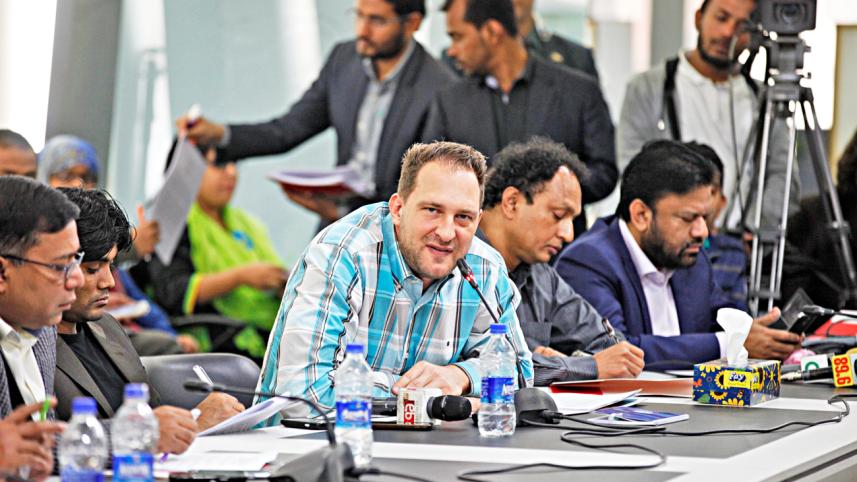
Daniel Seidel, FTA Representative Bangladesh
We are trying to collaborate and coordinate all the different efforts in the RMG sector. We need institutional support from the government and BGMEA on how to collaborate in the skill development sector in order to comply with the demand of workers in Bangladesh. There are various training efforts from different stakeholders. We need to harmonize these initiatives.

Dr. Jochen Weikert, Program Coordinator of PSES, GIZ
We are talking about substantial growth. To achieve that you need to tackle the limiting factors that restrain you from growing to that substantial figure of US$ 50 billion. These factors include physical and natural infrastructure, social inclusion, labour rights, political stability and so on. In this journey, German government and development partners will support your efforts.
You have talked about pricing. You need to raise your voice on the basis of enhanced sustainability performance. Only then you will get positive response from the buyers.
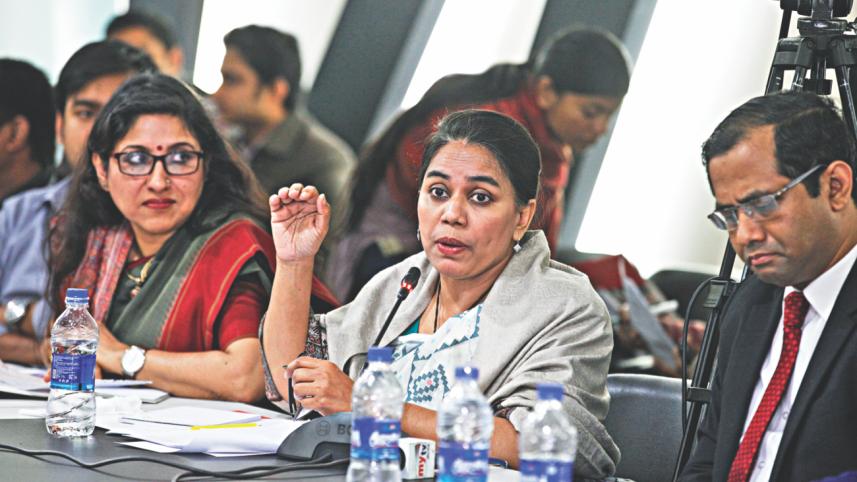
Professor Mahmuda Khatun, Dhaka University
We need to involve local experts with the research programmes on garments factories.
Along with other safety issues, we need to talk about implementing sexual harassment policy in garment factories.
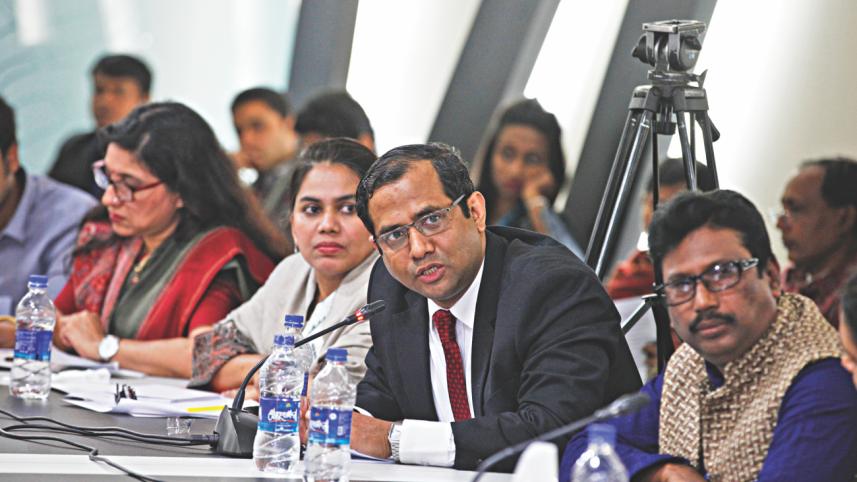
Dr. Khondaker Golam Moazzem, Additional Research Director, CPD
BGMEA should provide the government exact figure of their required services. For example, they should clearly mention what amount of power they need for the next five years. It will give the government a clear picture of what it needs to do for the RMG industry.
Small factories are facing the challenges to maintain both competitiveness and compliance. They need support from the low cost fund to survive. The low cost fund should remain low cost.
The compliance standard should also be enforced in other countries so that the global market remains competitive. Our development partners should consider this issue seriously.
Through TPP, Vietnam is going to get duty free benefits in the US market. It will give them huge leverage against Bangladesh. We need to find out ways how we can address this unequal competitive pressure.
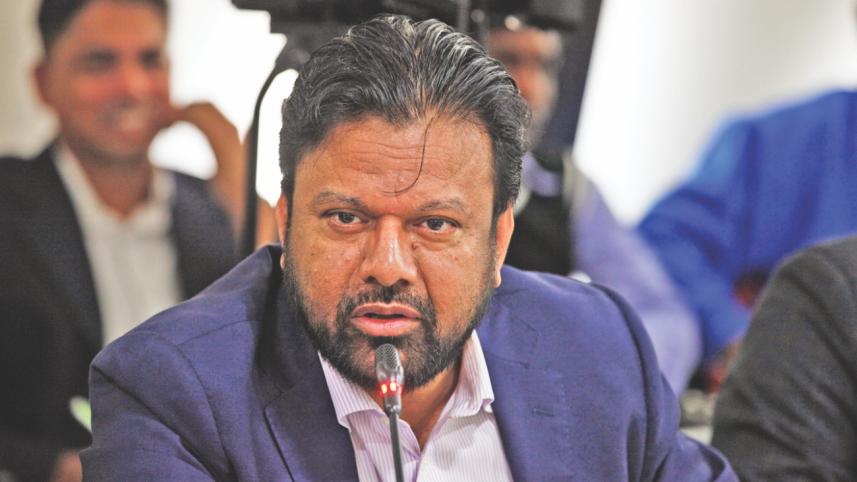
Shyamal Dutta, Editor, The Daily Bhorer Kagoj
There are many unresolved issue in the political arena that will come to the fore in the coming years. An election would be held within 2021. Still we are not sure what will be the election procedures. If we fail to maintain political stability we would not be able achieve the target. We need commitment from our political parties to sustain the expected growth of the RMG industry.

Md. Zafar Alam, Member of Chittagong Port Authority (CPA)
Now we are handling 853, 000 TEUs for export-import in RMG. For US$ 50 billion it would be double, about 1.6 million TEUs. Now, Chittagong Port handles 2 million TEUs. Our target is to reach 16 million TEUs. Last year we exported 421,000 empty containers because we did not have that much export. These containers can be easily arranged for RMG products. So with our existing set up we can handle 1.3 million TEUs of RMG containers. So the gap is 0.3 million TEUs. We are increasing our capacity. We are going to implement two new terminal projects.
Mahfuz Anam
The US$ 50 billion export target should be taken seriously. You should stop saying US$50 billion by 2021. Rather you should say US$50 billion by five years because that is the time you have. You have a vision. Now you need to clarify the vision. You should translate your vision into concrete targets such as we need X kilometres of roads, we need X megawatt of power and so on. It should be sector wise specific. Then you should galvanize all of us.
BGMEA has enough political clout to talk to the government and say whether we have a ministry or not, whether we have a separate department or not but let us have a high-powered inter-ministerial committee for five years. It will help us to reach the target. May the Honourable Prime Minister can head it by herself. With her blessings you can have an inter-ministerial committee which is empowered to respond to all the needs of BGMEA and the sector to reach the US$ 50 billion target.
Workers must own this target as much as the owners of factories. And only in that collective ownership you will get the energy and spirit to reach your goal. I assure you the media will be with you all the way.

Marcia Bernicat, US Ambassador to Bangladesh
Setting a goal of doubling apparel exports in less than six years is ambitious. But I don't know how you get big results without setting big goals. I appreciate BGMEA for setting this goal. We are committed to helping you to reach the target.
Bangladesh's apparel sector is a major industry leader, and it is growing to be the top producer. It is not because of cheap labour. Buyers have told me there are countries that have lower wages than Bangladesh. What these industries [in other countries] don't have is skilled workforce that delivers quality products on time. That's what puts this industry on top.
The sector has an opportunity to transform itself by adopting the international standards that are increasingly required of this industry and other industries everywhere. There is no going back on this issue. All manufacturing units in every country had to adopt the same international standards to qualify for the trade preference, like the standards Bangladeshi manufacturers were asked to comply. When we will see that all the factories have done their remediation works, risks no longer exist, workers are not fired for trying to organise union, we will have a discussion about duty free and quota free facilities.
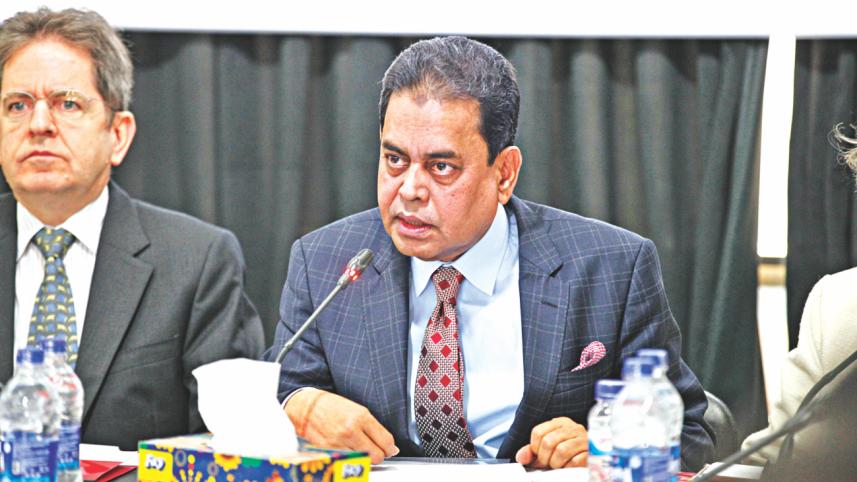
Siddiqur Rahman, President, BGMEA
To reach US$ 50 billion in 2021, we have to maintain 11 percent growth every year. To ensure that growth we need to address some issues on priority basis. Skill development, productivity enhancement, access to finance to bear the cost of remediation of factory, infrastructure, and uninterrupted gas supply to factories, are some key areas to focus on. We recommend formation of a taskforce to mitigate the gas crisis which has now become the biggest concern for the industry. Both government and private sector representatives would be members of this taskforce. The RMG industry uses only 5 percent of the total gas supply of the country. The government should actively think about supplying more gas to this booming industry. There should be a serious study on this issue to substantiate our demand.
In the last one year, the price of crude oil has dropped by 50 percent in the international market. Still in our country it has remained the same. We should look into this seriously.
Rana Plaza is not the whole picture of our garment industry. There are many factories in the country that maintain global standards. So far twenty-six garment factories have been LEED certified by the United States Green Building Council (USGBC). And there are hundred more in the pipeline. There are five Platinum rated green garment factories in the country.
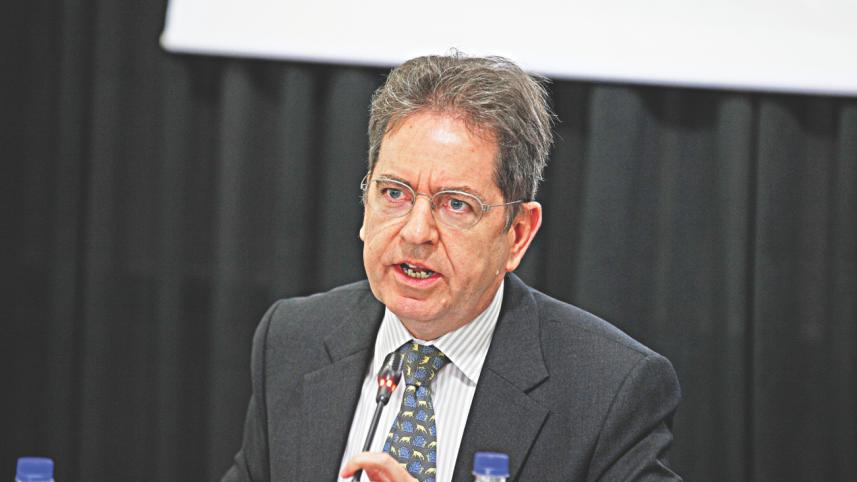
Pierre Mayaudon, Head of the European Union mission in Bangladesh
To reach the $50-billion target, Bangladesh would have to fight and win three battles: the battle of technology, international engagement and team spirit.
The battle of technology starts with remediation, and a fund of $200 million has been put on the table for the companies that need the money to implement the remediation plans.
But things are not moving very fast. So we need to put a mechanism in place so factories that need the fund can take the advantage from the donors. Skilled workers, energy efficient machines and modern machineries are also needed.
Bangladesh also needs to invite a lot of foreign direct investment. It will give more chance to local industries to forge partnership with foreign investors. Please, be more foreign investors-friendly.
Media has a very important role in this comprehensive approach. Media can help you to find which areas you need to improve on.



 For all latest news, follow The Daily Star's Google News channel.
For all latest news, follow The Daily Star's Google News channel.
Comments